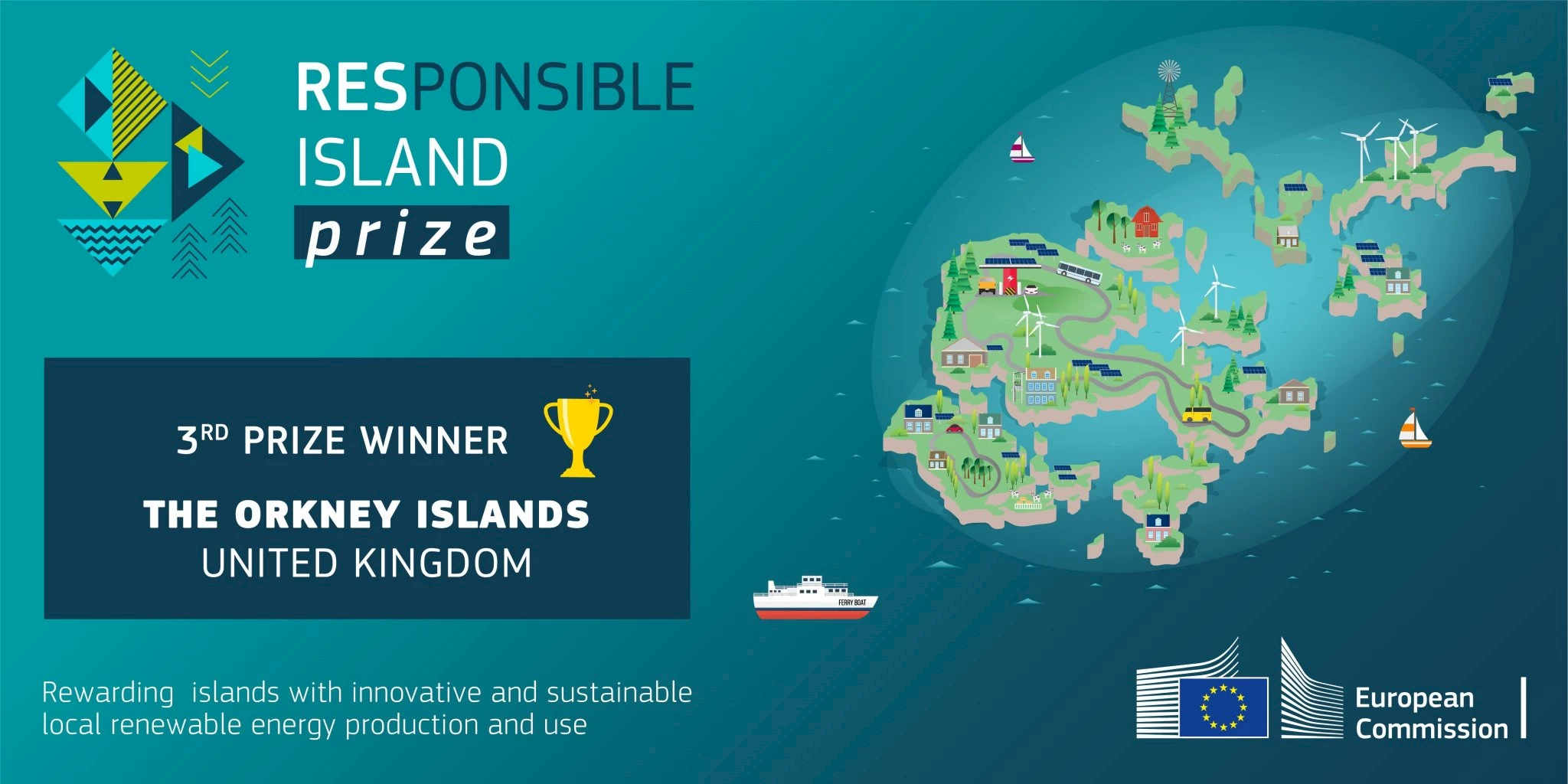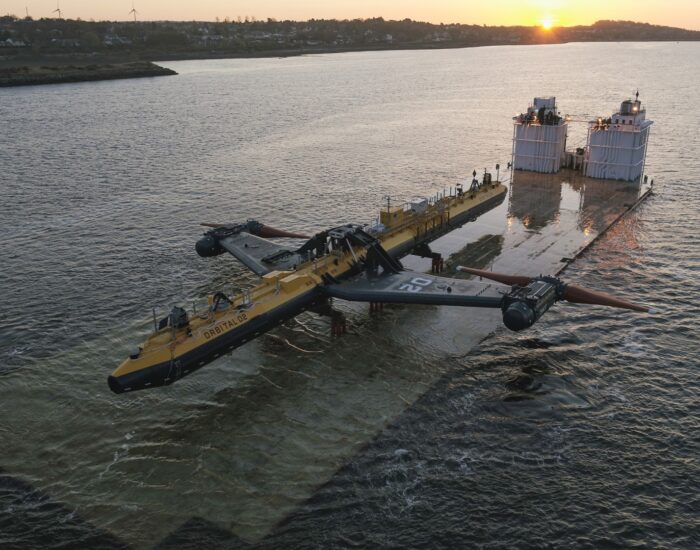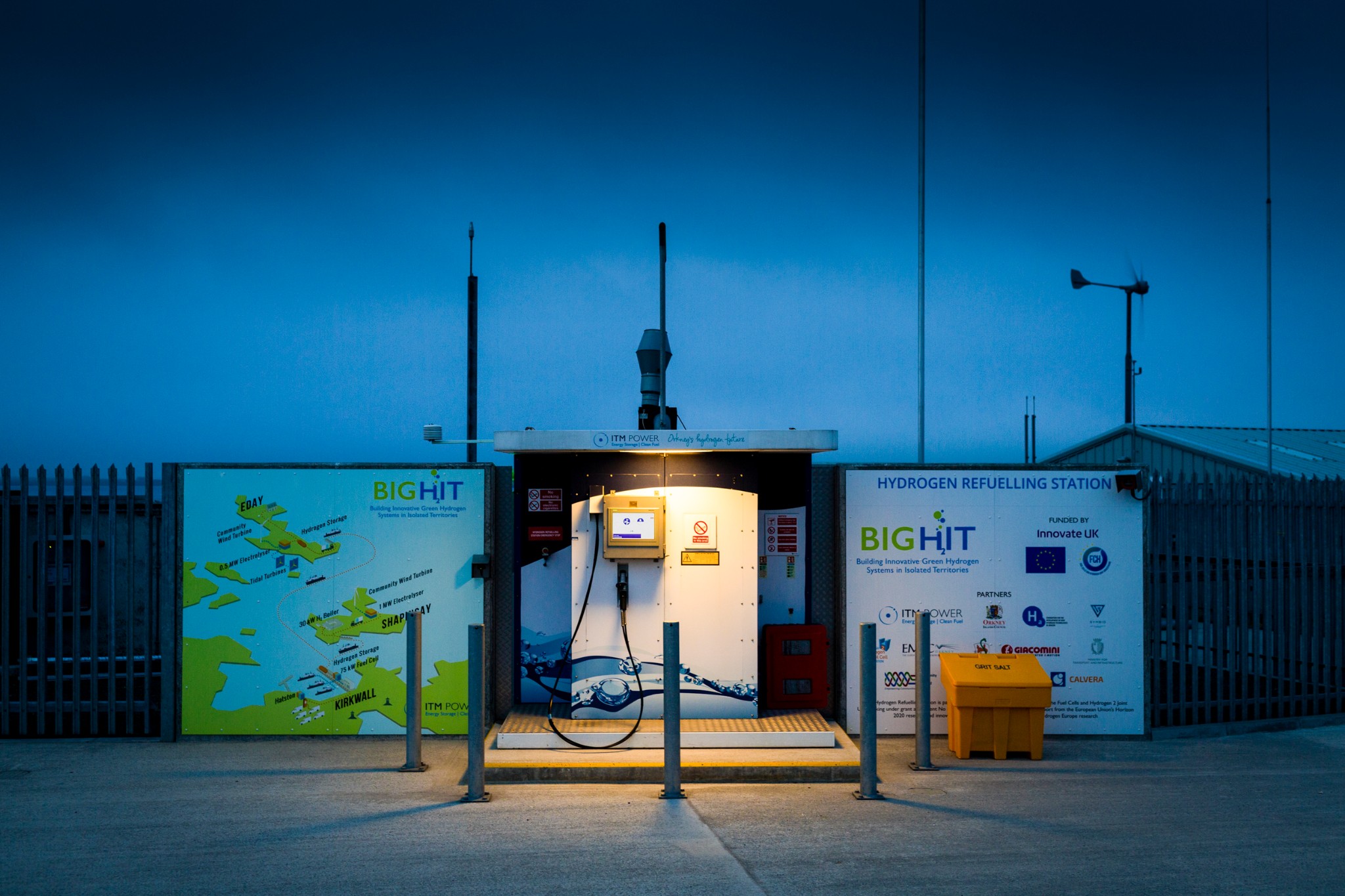Access to affordable, reliable and sustainable energy for everyone is one of the United Nations’ Sustainable Development Goals. In a world largely driven and powered by fossil fuels, this may seem like an unrealistic or even impossible goal. But Orkney, a chain of islands sitting off the northernmost tip of Scotland, is in the middle of an energy revolution.
An abundance of wind and waves, and a community invested in being self-sufficient has led to Orkney being one of the few places on earth that creates more energy than it needs. Their innovative technologies have awarded them global recognition. As a result, they received third place in the EU RESponsible Island Prize in 2020, with an award of €100,000.

Sustainable Energy Sources
Britain began wind turbine testing in the early 1980s at a test site on Orkney. They later pulled the plug on it, choosing not to invest in the wind energy industry. However, the impact of wind turbine technology would stay with the islanders. At the time they relied on the Scottish mainland for their electricity, through an undersea cable. In 2020, Orkney had 659 domestic wind turbines. These community turbines, along with solar, wave, and tidal power, started generating more power than Orkney could use. This meant that turbines had to be shut off at times to prevent an overloaded power grid. The problem has driven the islanders to come up with solutions as to what to do with the excess energy.
While most of the energy comes from wind turbines, earlier this year the world’s most powerful tidal turbine, the Orbital O2, began its work from off the coast of Orkney.

The turbine connects to the onshore electricity network with an undersea cable. It is expected to operate for the next 15 years and will meet the annual electricity demands of around 2,000 UK homes. The advantages of tidal power are that tides are predictable, making them a reliable source of energy. They’re also inexpensive to maintain. In addition, tidal energy has a high energy density and produces no greenhouse gases or other waste.
Excess Energy
As Orkney is so remote, there are currently only two undersea cables connecting the islands to the rest of the UK grid. Orkney produces so much renewable energy that the grid can’t cope. Laying another cable would be very costly and so the islanders are coming up with new uses for the excess electricity.
Electric vehicles (EVs) are a popular solution. Orkney now has more EV charging points than petrol stations. Usually, the main drawback of EVs is that they need charging every 160kms or so. However, this isn’t an issue on these small islands. Often, owners have their own wind turbines and as a result, are effectively making their own fuel!
Energy Storage
Storing energy is another challenge the islanders are working to overcome. Using a device known as an electrolyser, water is split into hydrogen and oxygen. Powered by renewable energy, it switches on when the grid is full. The hydrogen is stored to be used at a later stage to generate electricity when needed.
This green hydrogen powers harbour and ferry operations. There are also projects underway to investigate the use of hydrogen as fuel in marine transport, how to decarbonise small passenger aircraft, and in using hydrogen to produce gin.

The success of Orkney’s leadership in sustainable energy lies in working with, and involving local businesses and communities. At THRIVE we embrace this holistic approach, providing a platform that assesses sustainability performance and provides predictive analytics. Join us as we strive for a THRIVEable future.























